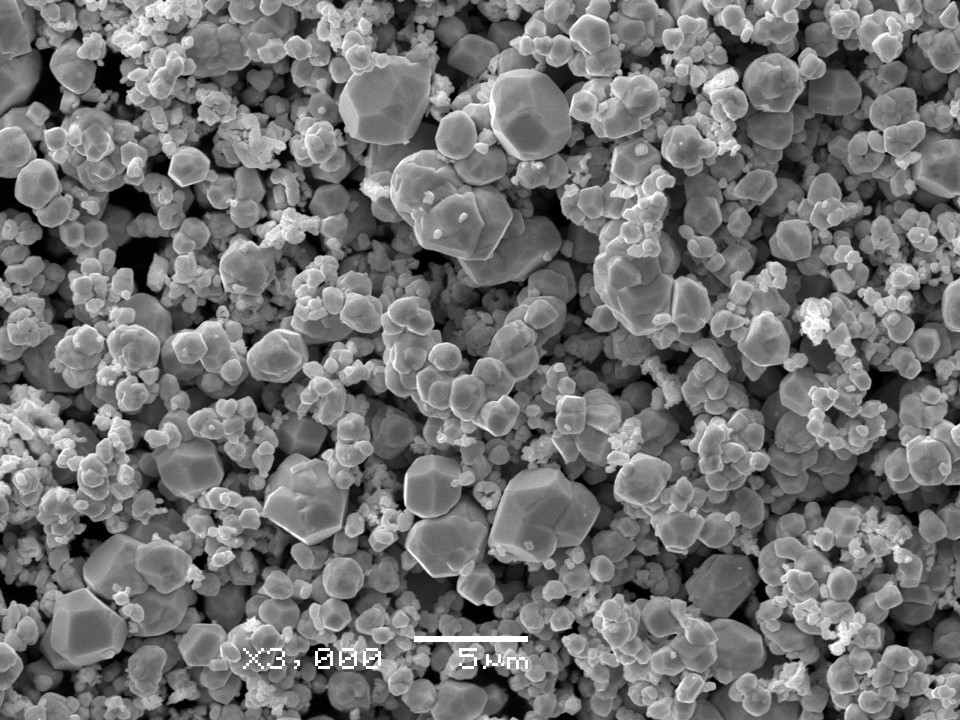
分别采用四种不同粒度的钨粉(1.84μm、2.23μm、3μm、4.18μm),以不同的比例进行搭配,充分混合均匀后进行压制、烧结(2300℃),采用排水法测量烧结体密度,采用金相显微镜对烧结体进行组织观察,采用SEM观察粉末的形貌。金相组织采集方案:试样经过机械磨削和抛光成平整、光亮、无磨痕或抛光划痕的镜面,采用10-20%的氢氧化钠+铁氰化钾混合液(氢氧化钠与铁氰化钾质量比为1:1)对样品进行腐蚀,腐蚀后的样品在金相显微镜下放大100×或200×进行金相组织观察。密度采集方案:试样先在空气中称重,然后在液体中称重,通过计算得出密度。SEM采集方案:将粉末样品洒在导电胶带,将样品放进样品室中抽真空,调整相应的工作距离光斑和工作电压,把标样的标记线调到荧光屏的中心,聚焦后照相。
Four tungsten powders with different particle sizes (1.84μm, 2.23μm, 3μm, 4.18μm) are used respectively, matched in different proportions, fully mixed, and then pressed and sintered (2300℃). The density of the sintered body is measured by the drainage method. A metallurgical microscope was used to observe the structure of the sintered body, and a SEM was used to observe the morphology of the powder. Metallographic structure collection scheme: The sample is mechanically ground and polished into a smooth, bright, and non-abrasive or polished mirror surface, using a 10-20% sodium hydroxide + potassium ferricyanide mixture (sodium hydroxide and potassium ferricyanide) The mass ratio of potassium ferricyanide is 1:1) The sample is corroded, and the corroded sample is magnified 100× or 200× under a metallurgical microscope to observe the metallographic structure. Density collection scheme: The sample is first weighed in the air, then in the liquid, and the density is calculated. SEM collection scheme: Sprinkle the powder sample on the conductive tape, put the sample into the sample chamber and vacuum, adjust the corresponding working distance spot and working voltage, adjust the mark line of the standard sample to the center of the fluorescent screen, and take a picture after focusing.